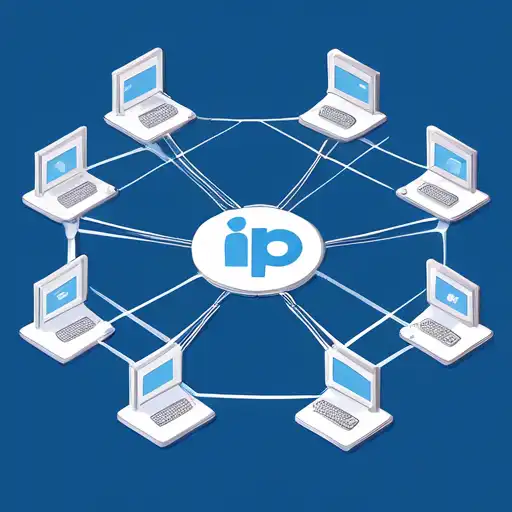Introduction to IP Addresses
In the digital world, an IP (Internet Protocol) address is akin to a home address for your device, allowing it to communicate with other devices on a network. Understanding the basics of IP addresses is crucial for anyone looking to grasp the fundamentals of networking. This guide will walk you through everything you need to know about IP addresses, from their structure to their types and how they facilitate online communication.
What is an IP Address?
An IP address is a unique identifier assigned to each device connected to a network that uses the Internet Protocol for communication. It serves two main functions: identifying the host or network interface and providing the location of the host in the network.
Types of IP Addresses
There are two primary versions of IP addresses in use today:
- IPv4 (Internet Protocol version 4): The most widely used version, consisting of four numbers separated by dots (e.g., 192.168.1.1).
- IPv6 (Internet Protocol version 6): Developed to deal with the exhaustion of IPv4 addresses, it uses a more complex format (e.g., 2001:0db8:85a3:0000:0000:8a2e:0370:7334).
How IP Addresses Work
When you attempt to access a website, your device sends a request to the website's server using its IP address. The server then responds by sending the requested data back to your device's IP address. This process happens in milliseconds, allowing for seamless internet browsing.
Static vs. Dynamic IP Addresses
IP addresses can be either static or dynamic:
- Static IP Addresses: These remain constant and are often used by websites or servers that need a permanent address.
- Dynamic IP Addresses: Assigned by a DHCP server, these can change over time and are commonly used for residential internet connections.
Why Understanding IP Addresses is Important
Grasping the concept of IP addresses is essential for troubleshooting network issues, setting up a home network, or pursuing a career in IT. It's the foundation upon which the internet and local networks operate.
Conclusion
IP addresses are the cornerstone of network communication, enabling devices to identify and communicate with each other across the globe. Whether you're a budding IT professional or just curious about how the internet works, understanding IP addresses is a vital first step. For more insights into networking basics, check out our guide on Networking Fundamentals.
